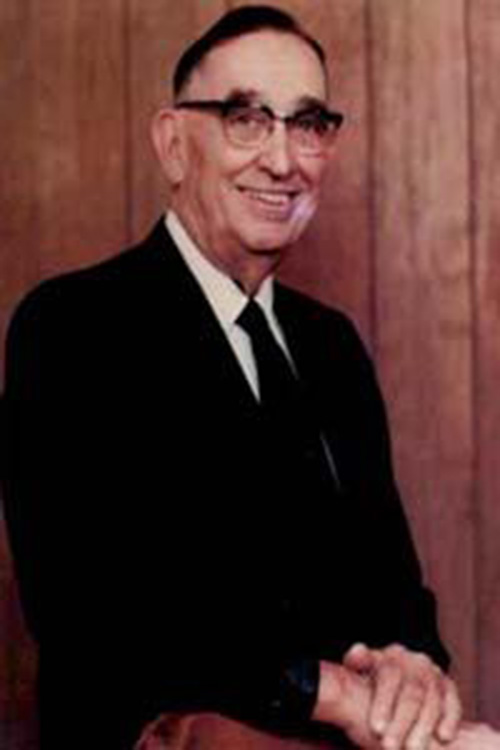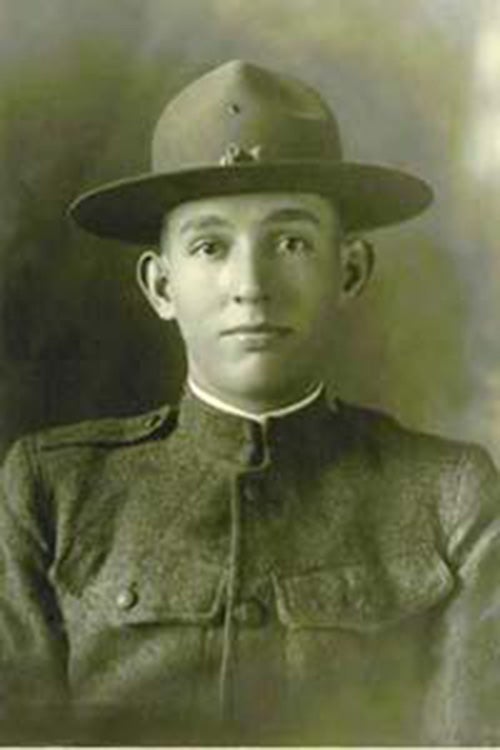C. Paul Boner Graduate Fellowship in Physics
C. Paul Boner was born in Nocona, Texas, on Feb. 8, 1900, to Charles Wilbur Boner and Sallie Lee Westmoreland Boner. He attended Montague Grammar School, Montague, Texas, and graduated from Bellevue High School, Bellevue, Texas, in 1916. His education at The University of Texas was interrupted by service in the U.S. Army in 1918. After the completion of this service he returned to The University of Texas at Austin and received a BA in physics in 1920 and an MA in physics in 1922. During the 1927-28 academic year he was a Whiting Fellow at Harvard University. He returned to UT and received a PhD in physics in 1929.
Boner held appointments as instructor, assistant professor, and associate professor in the UT Department of Physics from 1920–36. In 1936 he was appointed professor of physics. Boner was a popular teacher whose lectures were noted for their spectacular demonstrations. He initiated the first courses in electronics at the university and began a program of research in acoustics. Noteworthy were his studies and research on the pipe organ. This involved not only research into the physics of organ pipes but also the construction of a large organ, which was located in the Physics Building, now Painter Hall. His occasional concerts were well attended. He developed a program in architectural acoustics.
Boner became known internationally for his ability to design auditoriums, sound studios, and other public buildings and for his ability to diagnose and correct faults in buildings that had poor acoustic properties.

In 1942 Dr. Boner took a leave of absence from the university to serve as associate director of the Harvard Underwater Sound Laboratory. This laboratory, established by the U.S. Navy for research into sonar systems and acoustic torpedoes, grew rapidly. Boner recruited numerous personnel from The University of Texas. Three of his students, Bob Wallace, Wayne Rudmose, and Jack Cunningham, were already at Harvard working on the military project. Under his leadership this group made important contributions to the war effort.

In 1945 the lab moved to UT and Boner was appointed its director. The new Defense Research Lab was installed in the White Oak Dormitory just north of the Texas Memorial Museum.
Boner served on numerous government committees. He was appointed as expert consultant to the Committee on Atomic Energy of the Research and Development Board in Washington, executive director of the newly created Office of Government Sponsored Research, dean of the College of Arts and Sciences, dean of the university, a position that corresponded closely to the present position of vice president for academic affairs, and vice president of The University of Texas System.
Boner brought contagious enthusiasm and cheerful concentration to his work, always encouraging and helping his co-workers and his staff. Showcasing his strong sense of humor, Boner brightened the careers of everyone who had the pleasure of working with him.
Boner was a member of Phi Beta Kappa, Sigma Xi (Life Member), the American Association for the Advancement of Science, the American Association of Physics Teachers, American Association of University Professors, and Texas Philosophical Society. He was an honorary member of Sigma Pi Sigma and an initial member of the Institute of Noise Control Engineering. Boner was a fellow in the Acoustical Society of America, Audio Engineering Society, and the Texas Academy of Science. He has been a member of the Oak Ridge Institute of Nuclear Studies Council, Governing Board of the American Institute of Physics, “Review of Scientific Instruments” Editorial Board, and the Acoustical Society Executive Council.
Boner retired from the University in 1970. This retirement gave him the opportunity to work full time with his sons in architectural acoustics and audio design. After an illness he died on April 12, 1979, in Austin.
For more about Dr. Boner, his life, and work, visit the UT Physics Department page.
How to Give
Learn more at giving.utexas.edu
Search Endowments
Look for inspiring stories
